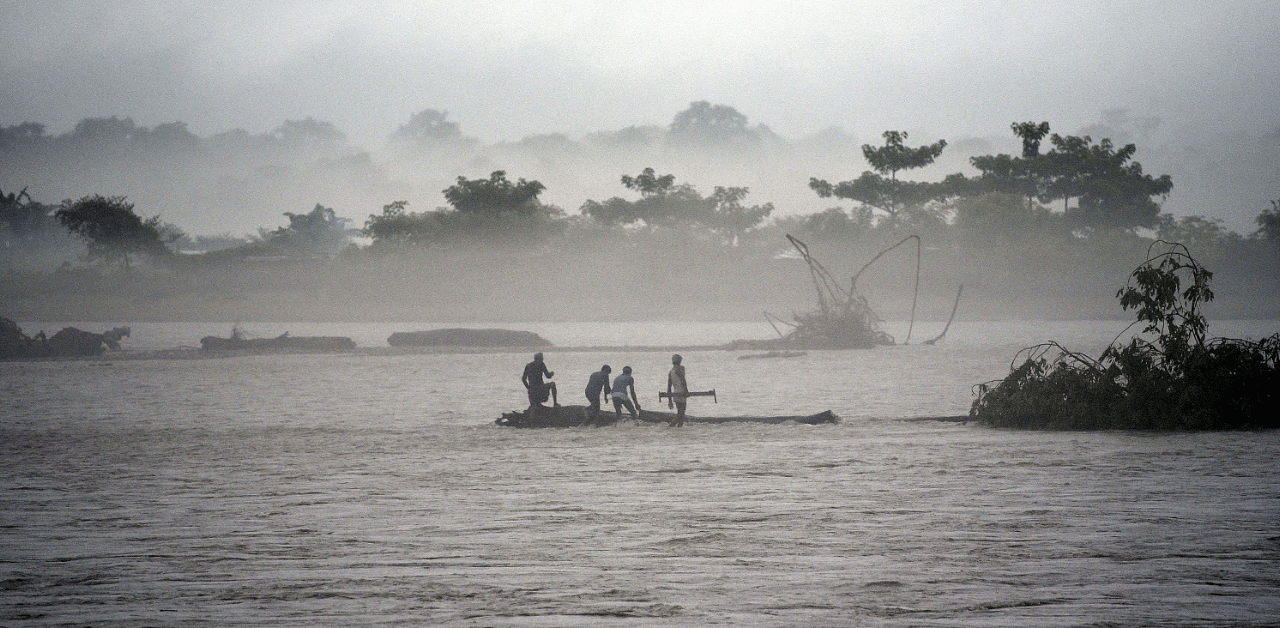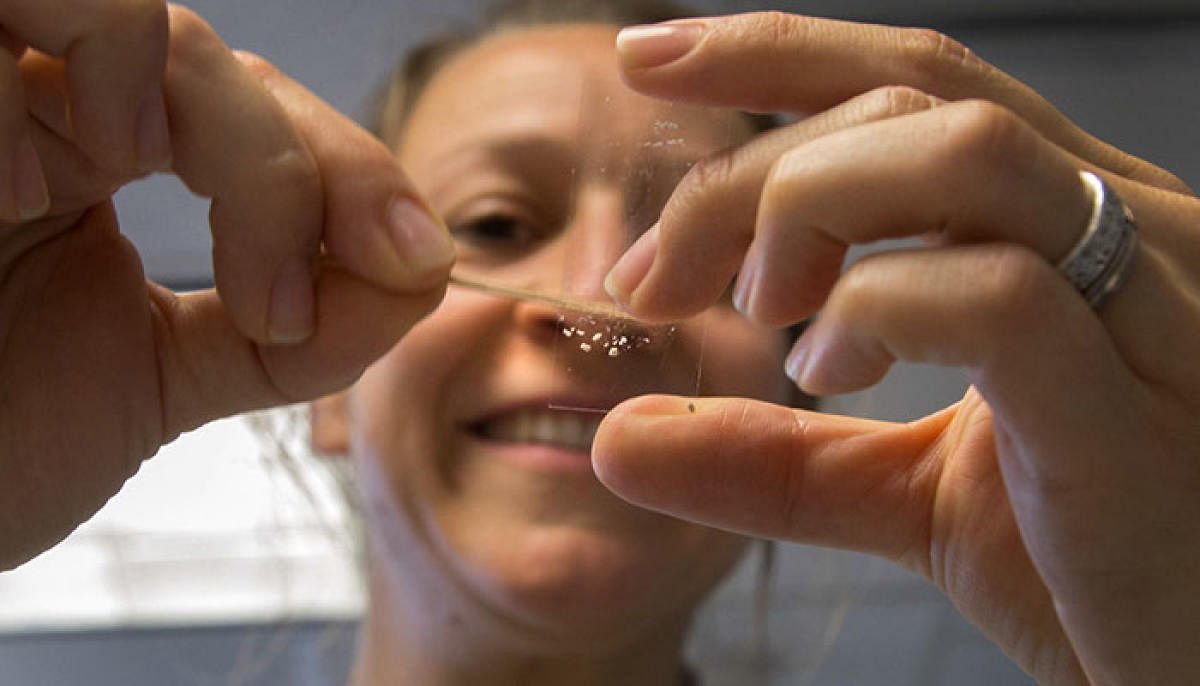

In 2014, a group of 30 scientists from across the world began extracting core samples from the Indian ocean in the hope of finding the response of the Indian monsoon to climate change. Seven years later, they have evidence that India’s monsoon may get more erratic.
Scientists across the world already know that climate change is affecting the Indian subcontinent’s annual monsoon cycle. However, there is a shortage of historical data to confirm that human activities are likely to impact the changes.
The new study, which was published on Friday in the journal Science Advances, is not only on course to completing six million years of climate data but has confirmed that in the past million years the rise in carbon dioxide in the atmosphere has been followed by substantial increases in rainfall in the monsoon.
Dr Pallavi Anand, an author of the study and an associate professor at the School of Environment at The Open University (UK) said the findings support existing climate change models and show that fluctuations in atmospheric carbon dioxide, global ice volume and moisture import from the southern hemisphere Indian Ocean are linked to changes in monsoon intensity.
“We compared the monsoon rainfall pattern between two warm periods (thousands of years ago) and we found that there could be a potential shift in the loci of monsoon rainfall away from the continental landmass which would result in a drier monsoon in the Indian subcontinent,” she said.
A drier monsoon could devastate local communities the country is dependent on the monsoon to recharge the groundwater table.
With no way to travel millions of years into the past, 30 researchers from India, US, Europe, Australia and Japan travelled to the Bay of Bengal in the research vessel, Joides Resolution, in 2014. At Mahanadi River Basin, they began to extract 600 to 700-metre-long core samples comprising sediment runoff from monsoons into the ocean.
The sediments provide a record of monsoons. Wetter monsoons discharge more freshwater into the bay and these are recorded in the plankton that make their shells capturing these changes. These become buried in layers which were investigated. “These layers give us a record of how wet or dry monsoons over the years were,” Dr Anand said.